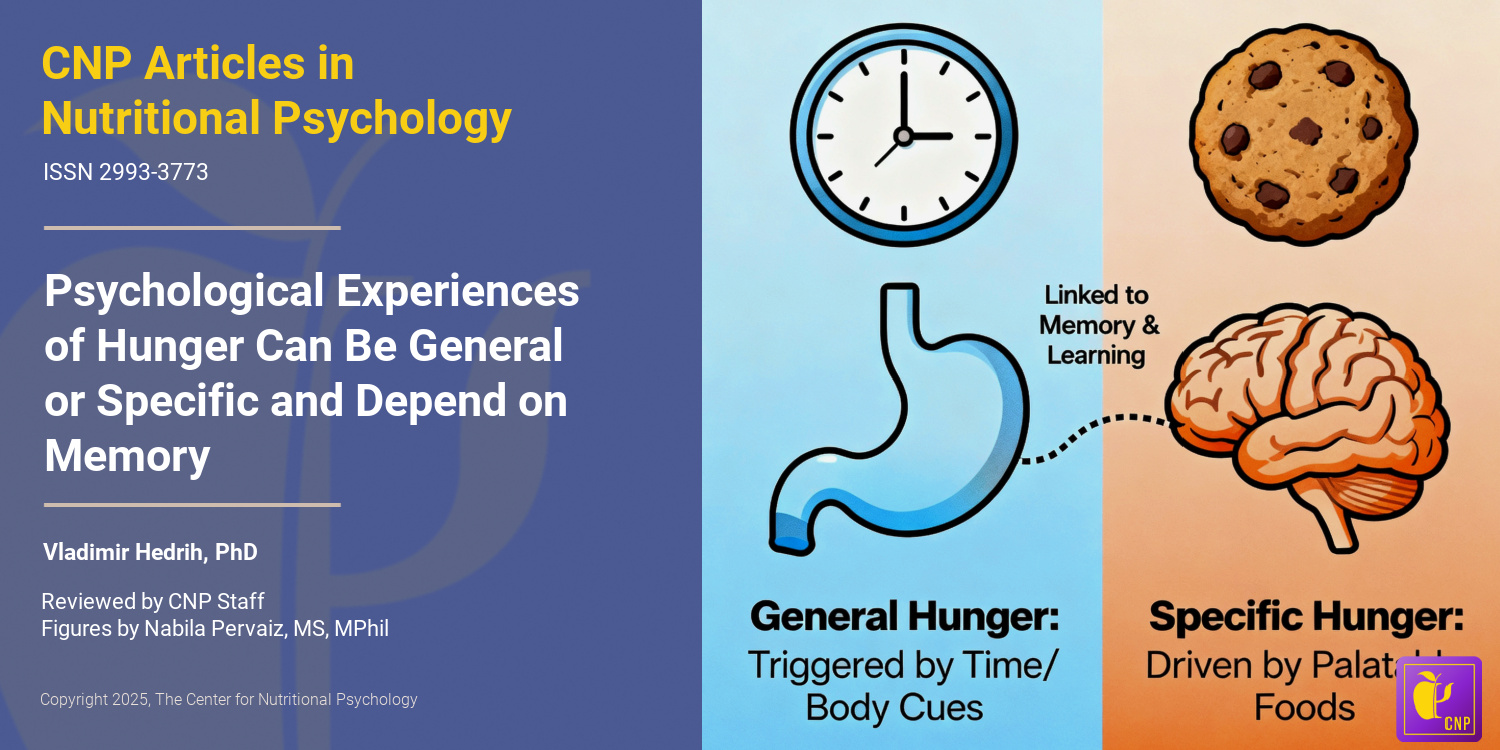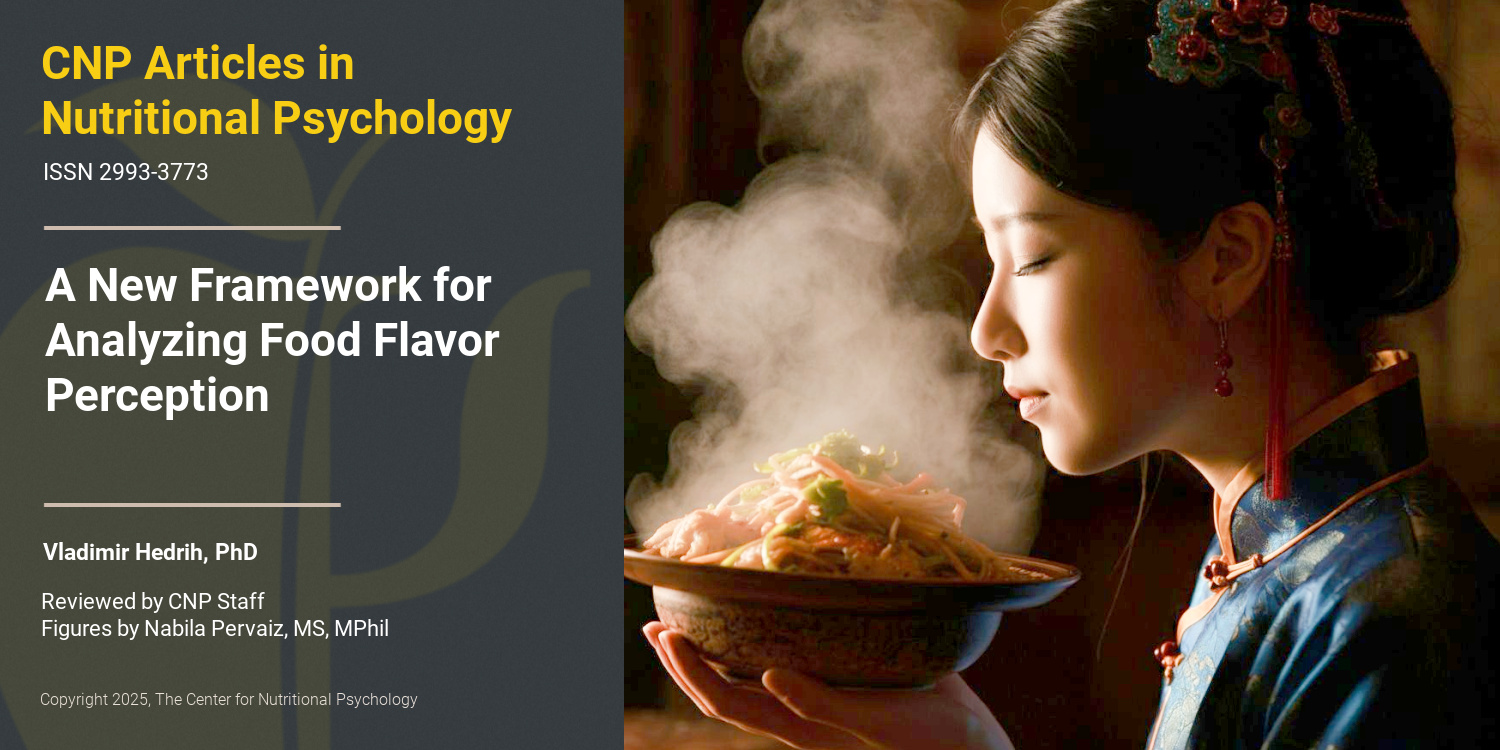Emotional overeating is common and negatively associated with alcohol use in normal-weight female university students
This study targets possible preventative measures of obesity for normal-weight young women. A group of young healthy university students were asked to complete questionnaires regarding their emotional eating habits, substance use, alcohol consumption, physical exercise, suspected eating disorders and cognitive/behavioural components of eating. The results from the multivariate analysis indicated Distress-induced Overeating is negatively correlated to moderate and excessive drinking and suggests that they are 2 distinct coping mechanisms in response to negative mood. Other findings from the 28-day study include normal-weight female students were more likely to emotionally overeat intermittently when experiencing anxiety. [NPID: emotions, emotion regulation, emotional eating, young women, preventative measures, obesity, substance use, alcohol consumption, physical exercise, eating disorders, cognition, behavior, alcohol, anxiety]
Year: 2018
Reference: Constant, A., Gautier, Y., Coquery, N., Thibault, R., Moirand, R., & Val-Laillet, D. (2018). Emotional overeating is common and negatively associated with alcohol use in normal-weight female university students. Appetite, 129, 186–191. https://doi.org/10.1016/j.appet.2018.07.012
Related Studies
Individuals may refuse certain foods either because they find them unappetizing (distaste) or because they are emotionally repulsed by what the food symbolizes (disgust). Disgust itself can be broken down into core, animal-reminder, and moral categories, all of which may influence food rejection. Past research has shown that people may reject plant- and animal-based foods […]
This study analyzed the relationship between adherence to the Mediterranean Diet (MD) and emotional well-being among University of Granada students in Spain, through descriptive, exploratory, transversal and correlational methods. Diet adherence was measured with the PREvencion con DIetaMEDiterranea (PREDIMED) questionnaire while emotional well-being (both positive and negative affection) was gauged with the Spanish version of […]
 Navigation
Navigation






